Passive safety
JARI, centering on its passive safety group, is expanding its field of activity from passive safety proper into other areas in order to make a greater contribution to the reduction of traffic accident casualties. Specifically the group: a) analyzes the accident and injury realities, b) conducts biomechanical research into the effects of impact force and other accident factors on injury, c) formulates evaluation test methods and safety promotion measures on the basis of study outcomes.
Analysis of traffic accidents
JARI analyzes driving recorder data and the accident data collected by other organizations in order to determine the accident reality, accident causing mechanisms, necessary safety measures and their effectiveness. JARI is also engaged in the development of accident alarm systems and post-accident occupant rescue methods.

Example of driving recorder data
[Explanation: a] One vehicle approaching an intersection from the priority side. b] While entering the intersection, detects another vehicle on the non-priority side. c) The two vehicles apply rapid braking. d) Crash is avoided thanks to good corner visibility; crash would have occurred if the corner visibility were poor. Conclusion: Driving recorder data enable analysis not only of accident occurrence but also of relations with road environment factors.]
Biomechanical research
Based on human body impact resistance data available from organizations inside and outside of Japan, JARI programs a computer model of the human body, investigates injury mechanisms for vehicle occupants and pedestrians, and develops injury criteria for standardized injury assessment. In the study of head injury, for example, we use a computer model for the simulation of accidents, determine relations between applied external force and injury severity, and study the changes in neural cells in relation to the elapse of time from the accident in order to clarify the brain injury mechanism. As an effort to integrate active and passive safety measures, JARI develops and evaluates occupant protection devices that take account of the occupants’ normal crash avoidance behaviors.

Thoracic simulation model

Computer model of a rat’s head
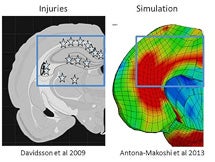
Brain injury analysis using the rat’s head model
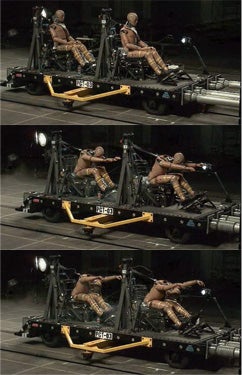
Crash test condition accompanying braking operation
(study of a pre-crash seatbelt assessment technique)
Examination of evaluation test methods
To help harmonize and standardize various test methods worldwide, JARI examines the existing test methods on head-on, side and rearend crash protection, pedestrian protection, motorcycle occupant protection, child restraint system performance, and is involved in the studies to develop new crash dummies and impactors in concert with associated organizations. The “abonet JARI” hats that we developed for head protection from the impact of falling have been purchased in large numbers. In 2013, JARI will give out these hats to all the pupils of an elementary school in Tsukuba City to carry out a monitoring survey for further improvement of the hat incorporating automotive crash safety technology.
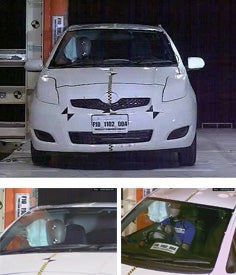
A scene of vehicle crash testing
(side crash with a pole)
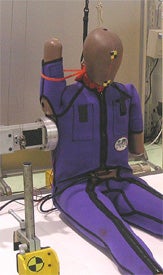
A scene of crash dummy
evaluation testing
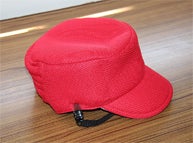
An “abonet JARI” hat
incorporating crash safety
technology

Children receiving free
abonet JARI” hats
HYGE impact test equipment
HYGE, first introduced in 1975, enables the replication of vehicle crash phenomena on a horizontal beam. It is comprised of an impact generator unit, a sled which serves as a test vehicle, and a beam along which the sled is launched by the generator.
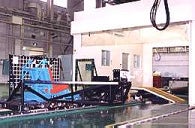
Specification
- Max acceleration
-
50G(duration 97 ms; max speed 106 km/h)
Sample560kg
24G(duration 138 ms; max speed 74 km/h)
Sample2300kg
- Max sample weight
- 2300kgf
- Max thrust
- 102tons
- Impact waveform
- Half sine wave and trapezoid wave
